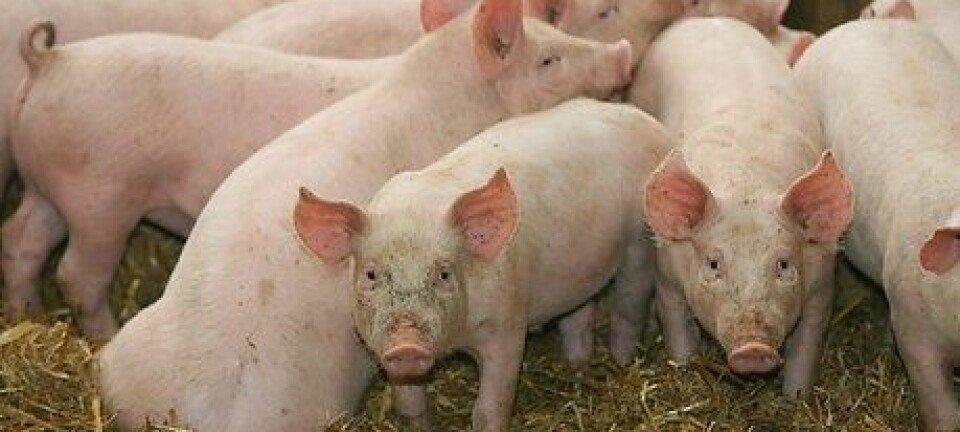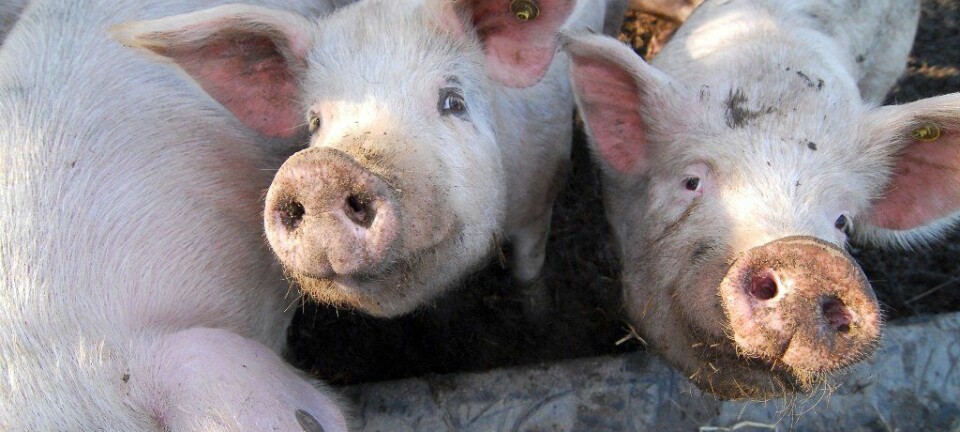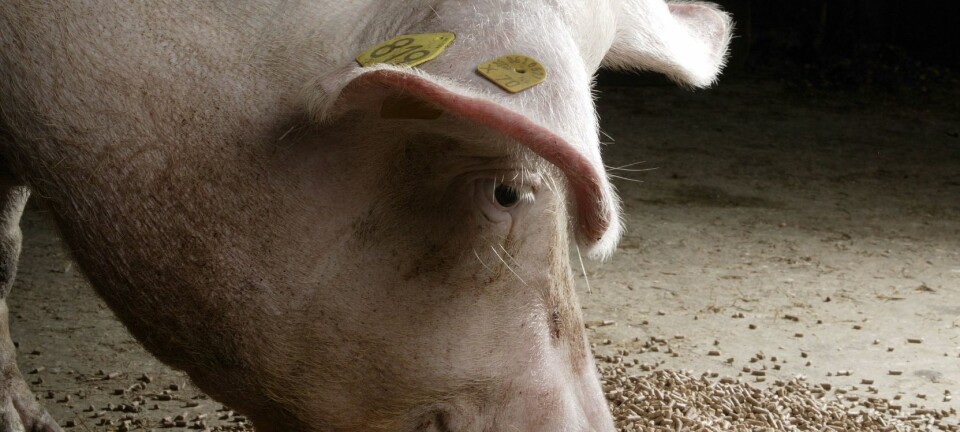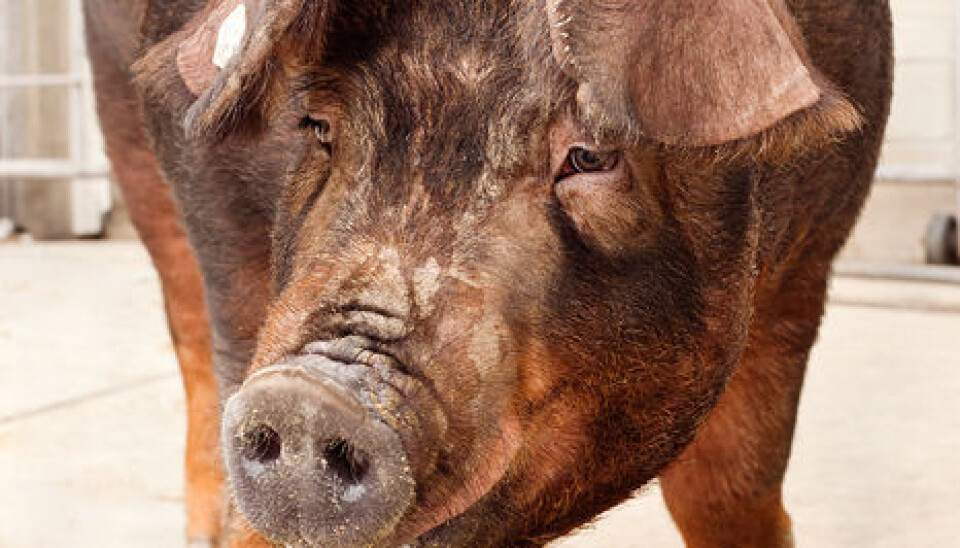
Humans have added new bones to the pig
A mapping of the pig genome sheds light on how pig farming has changed the animal over time. The new findings could be of great benefit to medical research.
The pig’s coat has become lighter, its body is longer and it now has a few more ribs than it used to.
Humans have been breeding pigs for thousands of years, and our intervention into pigs’ lives has left clear marks.
A new international study has investigated how the pig’s genes have been affected by man.
”About 10,000 years ago, we started keeping pigs for domestic use in several locations in Asia and Europe. In this way, we humans have had an effect on the pig’s evolution, and that’s clearly visible in its genetic material,” says Professor Merete Fredholm, of the Department of Basic Animal and Veterinary Sciences at Copenhagen University.
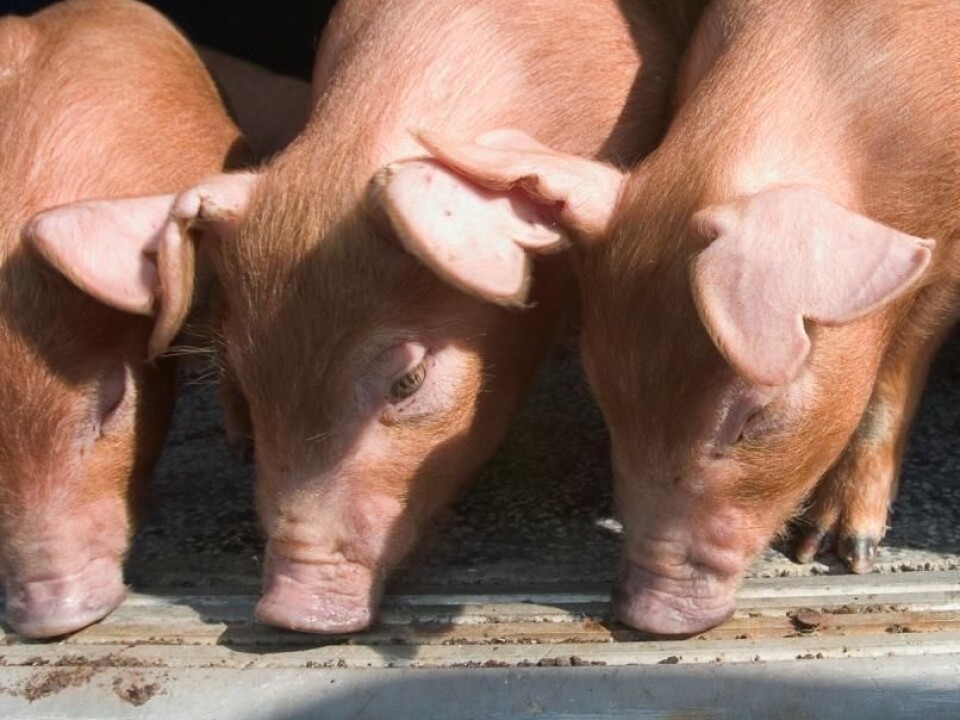
She is one of the researchers behind the new study, which is published in the journal Proceedings of the National Academy of Sciences (PNAS).
Pigs grew longer
Fredholm says that one of the consequences of pig farming is that today’s pig is longer than the early, wild pig.
“There are certain genetic variants that make the pig grow longer. Originally, it was a rare gene mutation, but today it occurs in just about all domesticated pigs.”
She explains that longer pigs are an advantage to pig farmers because this means that there’s more pork on each individual animal. For this reason, pig farmers have favoured the longest pigs, with the result that the particular genetic mutation for long pigs has been passed on and has become concentrated over generations.
Pigs get added vertebrae
”Pig breeding has also resulted in pigs with an increased number of vertebrae,” says Fredholm. “We can also see that the gene for the pig’s colour has been affected by pig breeding. The light coat colour we see on many domesticated pigs is caused by a specific mutation in a single gene.”
She explains that this development has been taking place over millennia, but it’s mainly in the past 60-70 years that modern pig farming has affected the pigs’ genes, because the breeders have focused heavily on breeding pigs with good fleshiness and low fat content.
Pig genome finally mapped
The new PNAS study is in fact based on another scientific paper, which has just been published in the journal Nature.
For nearly a decade, a large international team of scientists has been trying to map the pig genome, and that work is now finally completed.
Now that all of the pig’s genetic building blocks have been completely mapped for the first time, it will be a great help to researchers in the future, says Lars Bolund, a professor of medical genetics at the Department of Biomedicine, Aarhus University, who was one of the researchers behind the new study in Nature.
“We now have access to a great gold mine of genetic information about the pig – not only for studies of the animal itself, but also to a great extent for medical research,” he says.
Pigs and humans are very similar
When Bolund started working on mapping the pig genome in 2002, it astonished him how similar the pig gene is to the human gene.
“The pig bears a striking resemblance to man – not just in terms of physiology and the structure of the organs, but also genetically,” he says.
“Evolutionarily speaking, the pig was separated from the line that led to humans and apes at a relatively early stage. But the genetic material of humans and pigs simply hasn’t changed as much as in other animals such as rats and mice. That’s why pigs and humans are still genetically very similar.”
Incredible sense of smell
One of the areas in which the pig differs from us humans is the sense of smell. The new study shows that a major part of the pig genome is dedicated to genes related to their sense of smell (olfaction).
“The pig has a fantastic repertoire of olfactory receptor genes. It has of course been known for quite a while that pigs have a strong sense of smell, because we use the pig for finding truffles and for sniffing out drugs. But now we have a genetic explanation to why the animal has such a strong sense of smell,” says Bolund.
Pig farmers and researchers rejoice
But what’s so great about having a complete catalogue of the pig’s genetic material?
According to Bolund, there are two interest groups in particular that are keen to learn more about pig genes: pig farmers and medical researchers.
“For the pig farmers, it’s important to breed pigs that are less likely to get serious diseases. Now they can breed pigs that are genetically more resistant to e.g. lung diseases.”
Medical researchers are often interested in pig genetics because the pig is an important laboratory animal.
“The pig is often used as a model when studying how diseases develop in humans,” he says. “Now that we know the pig genome, we can for instance create genetically engineered pigs with a predisposition to a variety of disease processes. We can use this information to study the development of these diseases and learn how to prevent and treat them.”
Bolund adds that knowledge of pig genetics has already been applied to breed pigs that are predisposed to developing heart disease, Alzheimer’s disease, skin diseases and breast cancer.
---------------------------
Read the Danish version of this article at videnskab.dk
Translated by: Dann Vinther
Scientific links
- Analyses of pig genomes provide insight into porcine demography and evolution; Nature; doi:10.1038/nature11622
- Strong signatures of selection in the domestic pig genome; PNAS; doi/10.1073/pnas.1217149109
